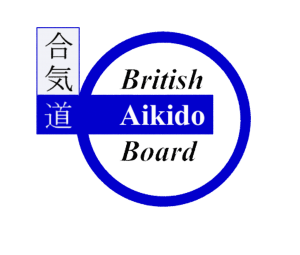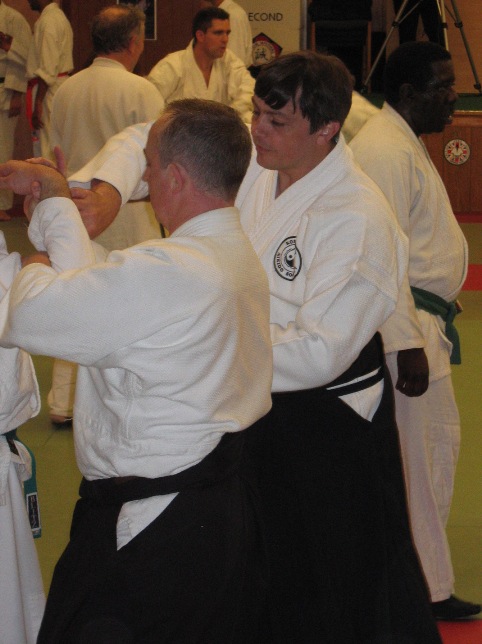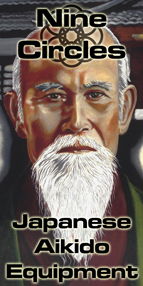If you’re new to Aikido then this is the section for you, we will try to answer most of the commonly asked questions here so you can find yourself a dojo and start training as soon as possible.
What is Aikido?
Aikido is a Japanese Martial Art who’s origins can be traced back to the 12th Century. Aikido was created in the 1920’s by Morihei Ueshiba (1883 – 1969), one interpretation of the name is “The Way of Harmony of Spirit”. It is an art that does not seek to meet violence with violence yet maintains its martial origins. It is based on spherical movements by which an attackers aggressive force is turned against itself . The main form of Aikido techniques are joint immobilisations and throws using the opponents momentum. Practices with bokken and jo (wooden training weapons) serve to assist in the understanding of techniques and their development. Traditional Aikido has since its conception been non-competitive, however several styles have developed which has introduced competitive aspects.
Where do you practice?
Aikido practice is traditionally taught in a building called a dojo. In the UK this may take many forms – it could be a purpose built building, a sports hall, community centre or any number of other buildings. To find your nearest club please click on the Club Search here.
What do you need to practice?
In order to practice all you need to do is get yourself to your nearest Aikido club (please use the club directory). You may want to contact the club / association in order to check that they offer classes for your age range
Aikido – “The Way of Harmony of Spirit”
is a Japanese system of self-defence whose origins can be traced back to the 12th century. It was created by Morihei Ueshiba (1883 – 1969) as a basis for both physical and spiritual development.
It is an art that does not seek to meet violence with violence and yet maintains its martial origins. It is based on spherical movements by which an attackers aggressive force is turned against itself . The main form of Aikido techniques are joint immobilisation and throws using the opponents momentum. Practices with bokken and jo serve to assist understanding of techniques and their development. Traditional Aikido has since its conception been non-competitive, however several styles have developed including Tomiki Aikido, which has introduced competitive aspects.
Benefits of Aikido
Since Aikido does not require physical strength or aggressive spirit, it can be practised by people of all ages and sexes. Based on full and natural body movement, Aikido exercises the whole body. It teaches and develops flexibility, co-ordination, balance and quick reaction. Because Aikido is essentially a method of practical self-defence, the practitioner will eventually acquire a sound basis of quick reaction and effective movement which should prove useful if an occasion should demand it in real life.
What facilities and equipment are required?
Practice is normally conducted on a matted area using judo mats. Participants wear judo or karate suits. Wooden practice weapons bokken and jo are required as the beginner progresses in some associations.
Gradings
A grading system is followed within most clubs; similar to other martial arts.
Licensing requirements
Professional Indemnity insurance for Coaches is compulsory (via the venue insurance), as is Personal Accident insurance for all participants.
Find a club
To find your nearest club please click on the Club Search here.
For information regarding Coaching, Insurance and other information, write to the British Aikido Board’s Secretary at :
BAB Secretary 6 Halkingcroft Langley Slough Berkshire SL3 7AT.
Please enclose a stamped addressed envelope or email babsecretary@bab.org.uk




